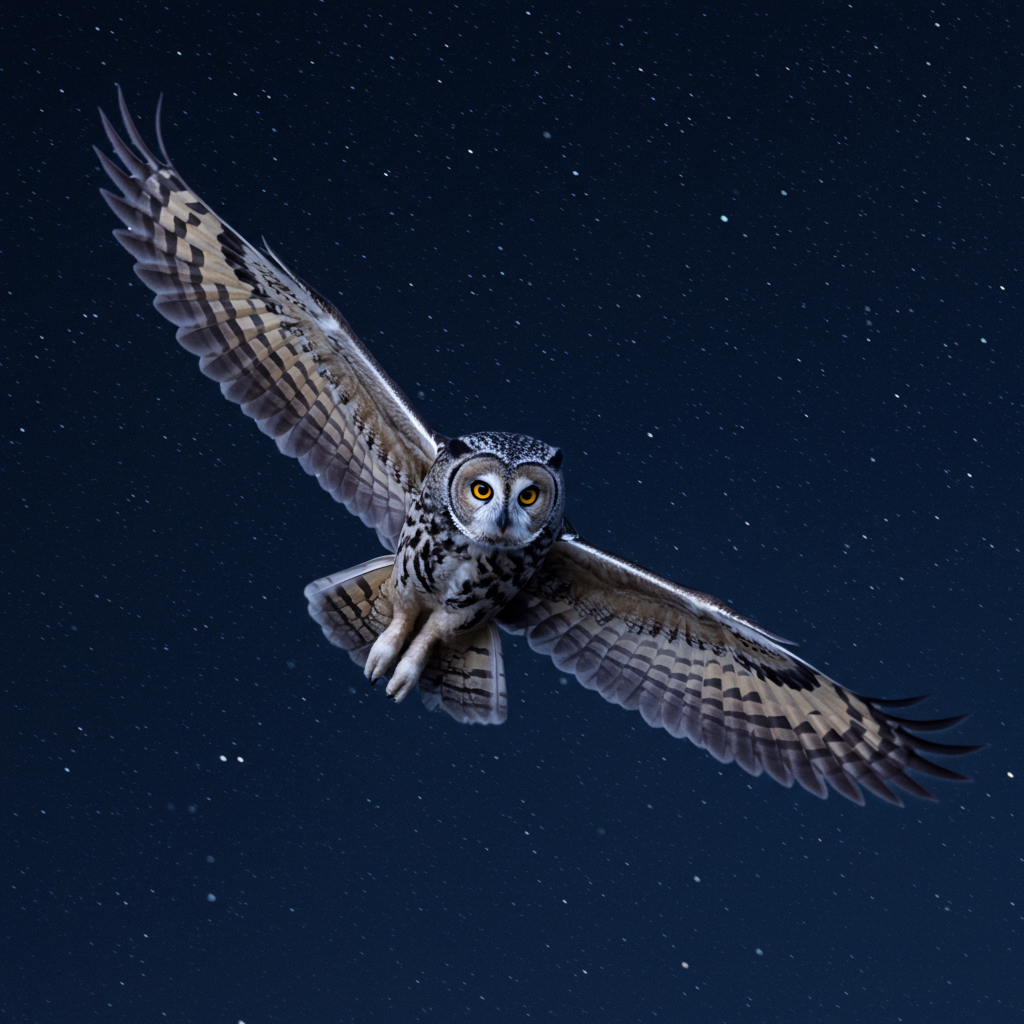
As twilight descends and the world is cloaked in darkness, a hidden realm awakens. Nocturnal animals, masters of the night, emerge from their daytime slumber to navigate a world transformed. From the ethereal flutter of moths to the stealthy hunt of the owl, the night pulsates with a unique energy, a symphony of sounds and shadows.
The adaptations that enable these creatures to thrive in darkness are truly remarkable. Consider the bat, with its sophisticated echolocation, emitting high-frequency calls that bounce off objects, allowing it to create a sonic map of its surroundings. Or the large eyes of the slow loris, specifically designed to gather the faintest glimmers of light, enabling it to traverse the dense forest canopy with precision. These evolutionary marvels are a testament to the power of adaptation and the intricate dance between organisms and their environment.
The nocturnal world is not just a spectacle of biological ingenuity; it’s also a crucial component of a healthy ecosystem. Nocturnal pollinators, like certain species of moths and bats, play a vital role in the reproduction of many plant species. Meanwhile, nocturnal predators help regulate prey populations, maintaining a delicate balance within the food web. Disruptions to these delicate nocturnal ecosystems, such as light pollution and habitat loss, can have cascading effects on the entire environment.
Exploring the lives of nocturnal animals offers a unique window into the hidden wonders of our planet. By understanding their behavior, adaptations, and the challenges they face, we can gain a deeper appreciation for the interconnectedness of life and the importance of preserving these vital ecosystems. Perhaps next time you step outside on a clear night, take a moment to listen to the whispers of the night and ponder the secret lives unfolding under the cloak of darkness. You might just discover a newfound respect for the creatures of the night and the vital role they play in the intricate tapestry of life on Earth.



